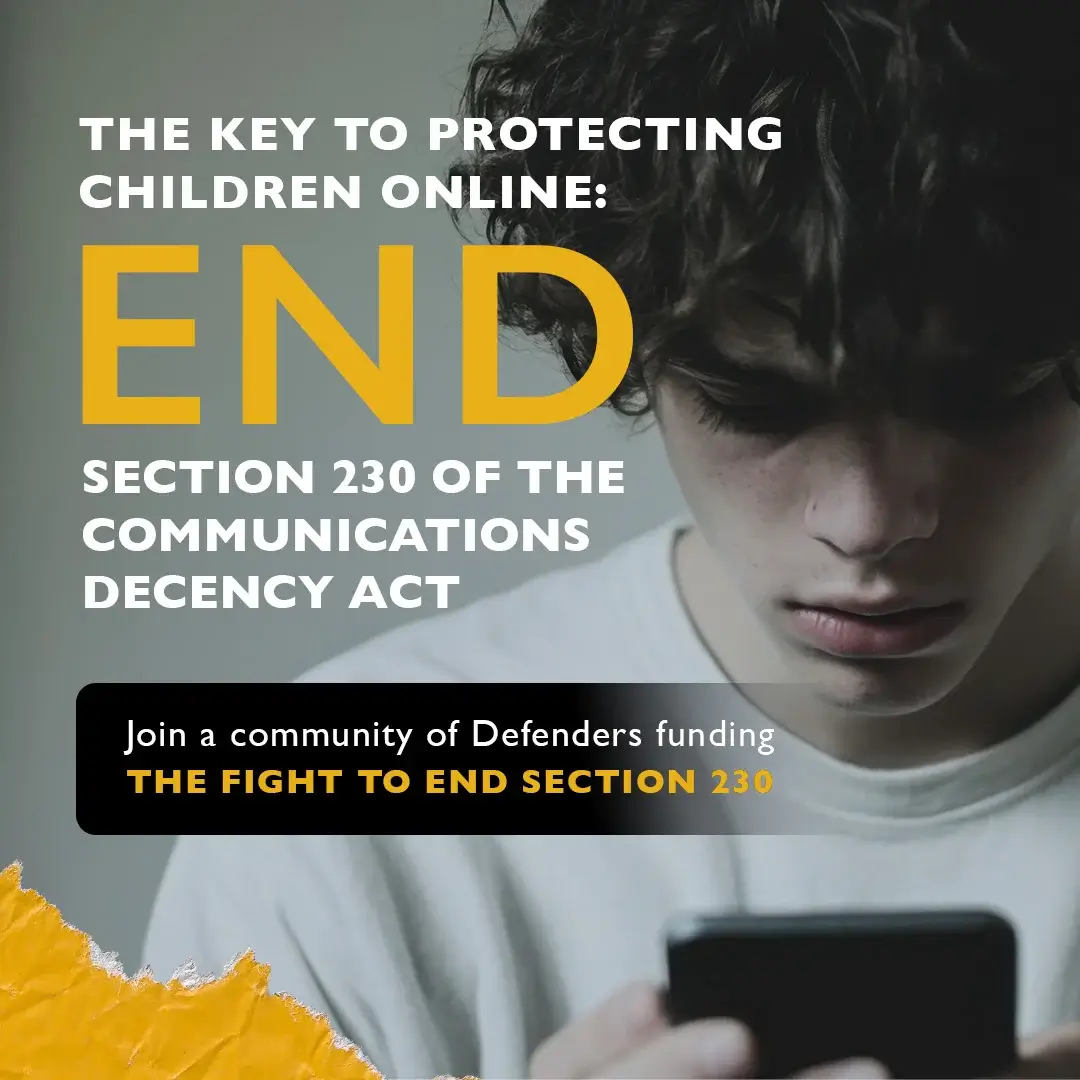It’s not easy, but pornography is not going to suddenly disappear from the internet. If anything, access will become easier.
We are tasked today as parents and educators with what can sometimes seem like an insurmountable challenge to reverse the effects of sexual harassment and exploitation. The youth of today receive a bevvy of mixed messages about sex from a variety of sources. There is one area giving our children a skewed version of sexual reality. It lurks on the dark side of the internet and is still spoken of in hushed tones. It is internet pornography.
Dr. Justin Coulson, one of Australia’s leading parenting/relationship experts notes that “some data suggests nine out of 10 young people between eight and 16 have been exposed to pornography.” Much of that porn message is that women are to be violently and sexually disrespected. Coulson makes the point that these images are not real and do not reflective a healthy, functional relationship.
Is it naïve to assume that a young boy will turn off the imagery in his mind when he has his next date? With the availability of online porn, protecting our youth from it is not even possible. I know from teaching 12-year-old boys in sex education classes that they are aware of every way to circumvent parental controls on a computer.
This violence and degradation of girls is being processed by the adolescent mind — a mind that is still developing. Judgments and control impulses in the brain are not fully developed until the mid-20s.
As parents and educators, we need to be proactive in counteracting this imagery and messaging to young boys and girls. If we don’t stand up and educate, our silence condones it. If we don’t teach them about respect and consent, then boys see it as one way to view girls and women.



